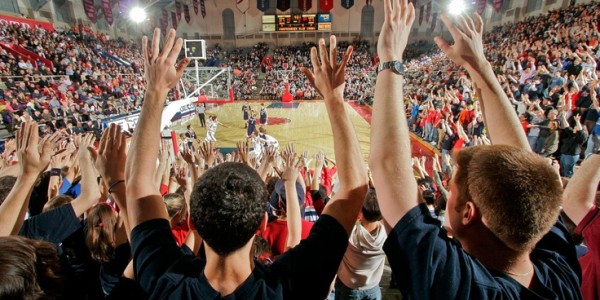There are 10 arenas in Division I college basketball that have been around for 80 years or more, with the Pac-12 being the only conference to “send” two teams to the list: Washington with its Alaskan Airlines Arena and California with the Haas Pavilion.
Municipal Auditorium, Kansas City, Missouri (UMKC Kangaroos): 1935
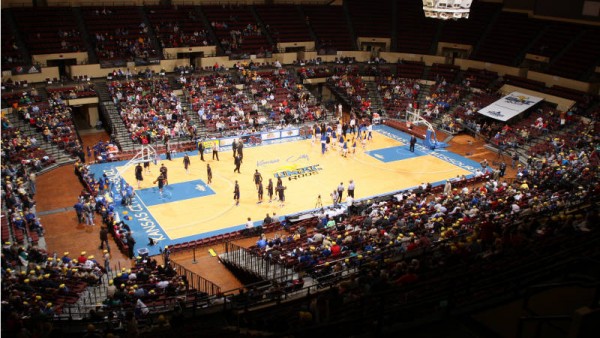
An off-campus arena, it’s been the home of the Kangaroos since 1935 and underwent renovation completed in 2013 to include new video boards, LED scorer’s table, sound system, lighting, electrical upgrades, and lower level seating. It’s capacity is just under 10,000 including temporary seats if needed. The arena hosted three of the first four Final Fours.
Devlin Fieldhouse, New Orleans, Louisiana (Tulane Green Wave): 1933
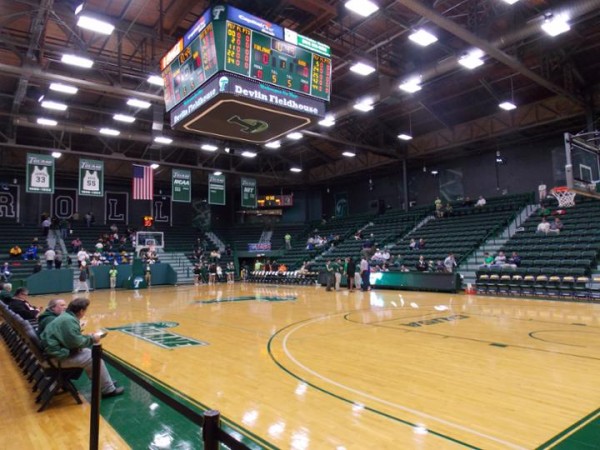
The 9th-oldest continuously active basketball venue in the nation, it’s been the home of Tulane since October 15, 1933. It underwent renovations in 1988 and 2012, and can now has a capacity of 4100. It was built thanks to funds from the football team’s appearance in the 1932 Rose Bowl, and originally named the Rose Bowl gym.
Haas Pavilion, Berkeley, California (California Golden Bears): 1933
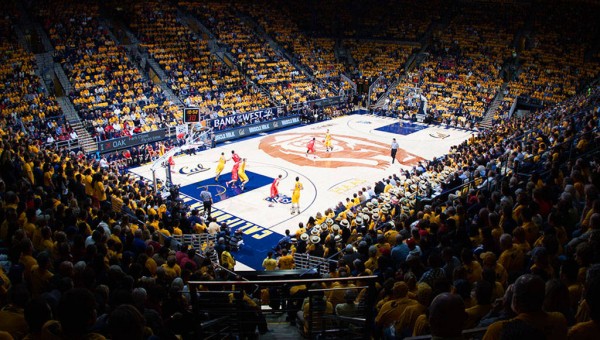
Opened on January 13, 1933, it’s been the home of the Golden Bears since then excluding the renovation period of 1997 to 1999, when the arena was expanded to a capacity of 11,877. It was originally named as the Men’s gym, and then renamed Harmon Gym after Oakland financier A.K.P. Harmon, who donated the funds to build Cal’s first indoor athletic facility in 1879. An $11 million donation from Walter A. Haas, Jr. of Levi Strauss & Co helped pay for the late 90’s renovation, which was basically building it on the side of the old one.
Payne Whitney Gymnasium, New Haven, Connecticut (Yale Bulldogs): 1932
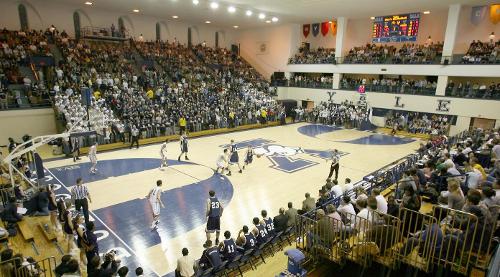
The basketball team plays in the John J. Lee Amphitheater, which was named in 1996 for John J. Lee, ’56 M.Eng., a star basketball player and benefactor in restoration projects; the volleyball and gymnastics teams also compete in the Amphitheater. It’s part of a massive complex, with twelve acres of interior space and includes a nine-story tower containing a third-floor swimming pool, fencing facilities, and a polo practice room.
Hinkle Fieldhouse, Indianapolis, Indiana (Butler Bulldogs): 1928
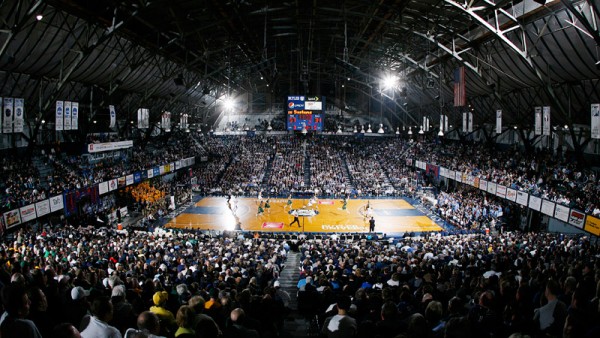
Open since March 7, 1928, it has actually declined in capacity over the years, initially able to host 15,000 fans, now down to 9100. It is famous for hosting the Indiana State Basketball high school championships (no longer though), including the Milan Miracle which turned into the movie Hoosiers 30 years later. It was originally named The Butler Fieldhouse, changed to honor Paul D. “Tony” Hinkle, who was basketball coach at Butler for 41 seasons ending in 1970. In 1983, it was placed on the National Register of Historic Places. On February 27, 1987, it was designated as a National Historic Landmark in recognition of its role in transforming college basketball.
Williams Arena, Minneapolis, Minnesota (Minnesota Golden Gophers): 1928
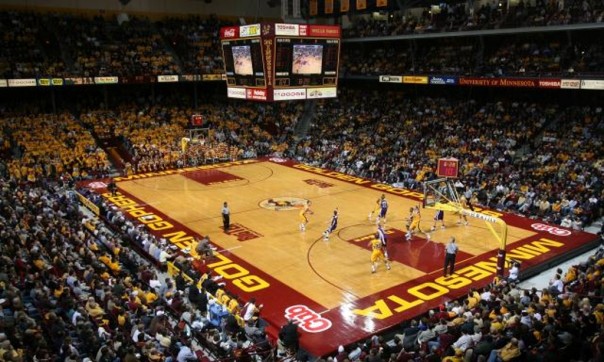
Home of the Golden Gophers since February 4, 1928, it was also the home of the university’s hockey team until 1993, when the hockey players got their own arena. It is called “The Barn” by many, and was originally known as the Minnesota Field House. It has a capacity of 14,625.
Alaska Airline Arena at Hec Edmundson Pavilion, Seattle, Washington (Washington Huskies): 1927
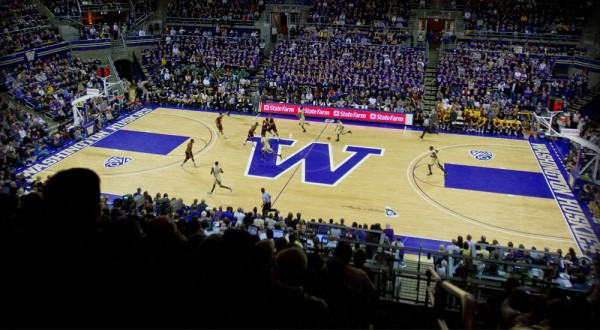
Open since December 27, 1927, it’s had quite a few names over the year: University of Washington Pavilion (1927–1948), Hec Edmundson Pavilion (1948–1999), Bank of America Arena
at Hec Edmundson Pavilion (2000–2010) and the current one since 2011. Who was Edmundson? An Olympian in 1912 in the 400 and 800 meters, later the university’s basketball coach for 27 years among other things. It has a capacity of 10,000, with the record being 12,961 in 1957 during the semi-finals of the 1957 high school state basketball tournament. It hosted the Final Four twice: In 1949 and 1952.
Palestra, Philadelphia, Pennsylvania (Penn Quakers): 1927
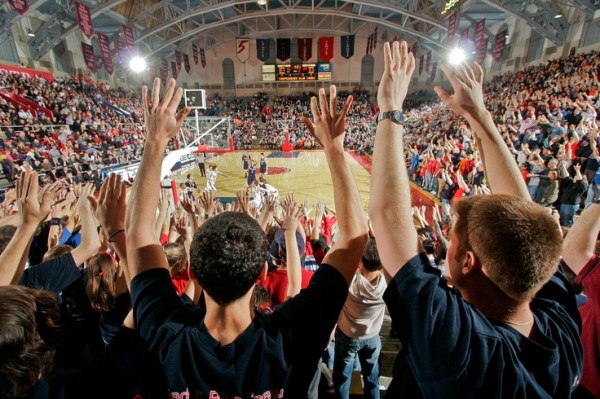
Also known as the Cathedral of college basketball, it’s been open since January 1, 1927. It has a capacity of 8722, and at the time of its opening was one of the biggest basketball arenas in the world with a capacity of 10,000. The first game hosted there was against Yale, which Penn won 26-15 (!!!). The 10,000 in attendance was the largest crowd ever to attend a basketball game on the East Coast. Since its inception, the Palestra has hosted more games, more visiting teams, and more NCAA tournaments than any other facility in college basketball. Coaches of other programs have often noted it has one of the best atmospheres in basketball.
Rose Hill Gymnasium, Bronx, New York (Fordham Rams): 1925
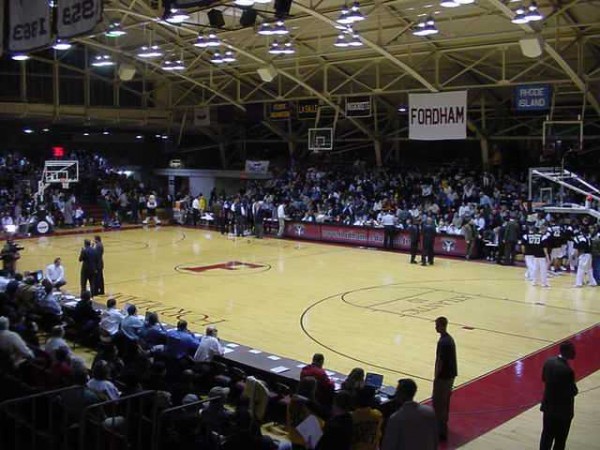
When it opened back in January 16, 1925 it was known as the Prairie, being one of the biggest basketball arenas in the country. It hosted the final high school game of one Lew Alcindor (later Kareem Abdul-Jabbar) and was actually used as a barracks during World War II.
Matthews Arena, Boston, Massachusetts (Northeastern Men): 1910
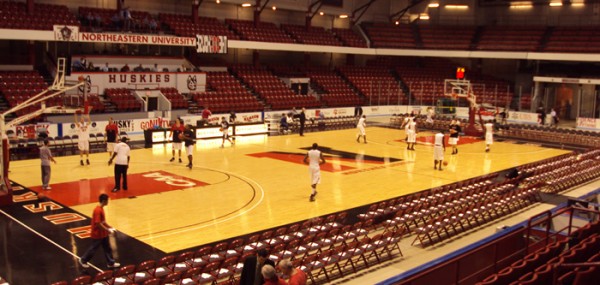
It is mostly known for hockey reasons, being where the hockey programs of Boston College, Boston University, Harvard, MIT, Northeastern University, Tufts University and Wentworth Institute of Technology all began. The basketball team has been playing there since 1930 (like the hockey team). Before that the Boston Bruins played their first-ever NHL regular season game at the Arena. The Boston Celtics played there from 1946 to 1955. The Arena was purchased in 1979 by Northeastern and was renamed in 1982 when Northeastern alumnus George J. Matthews helped fund its refurbishment. It has a capacity of 6000.
